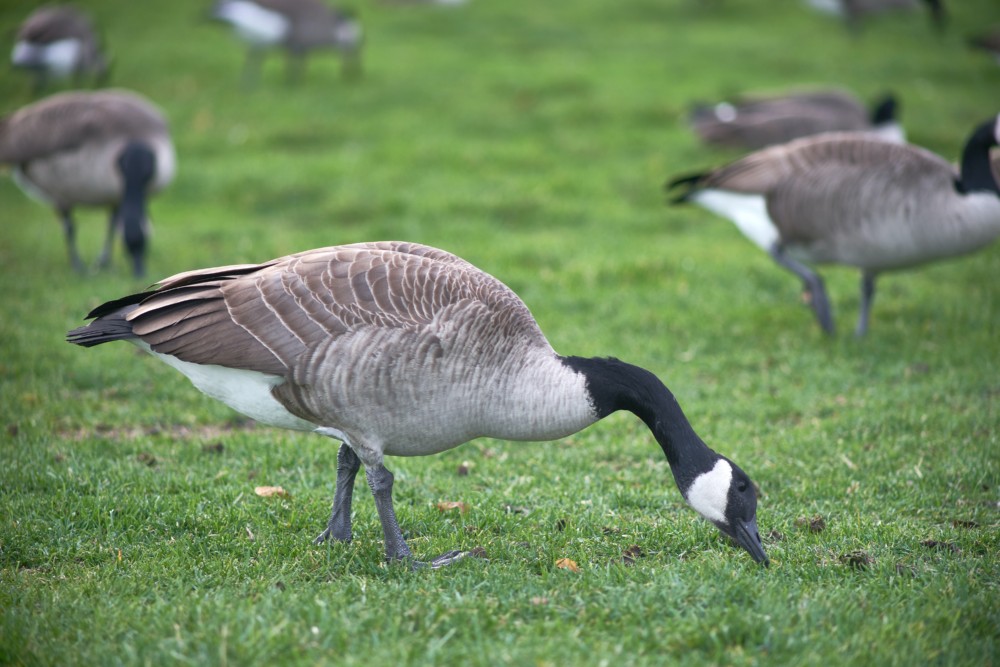
by Jessica Loticus
Whilst foie gras is an attractive upmarket food product popular amongst those who like to dine in style, this food product, made from the fattened liver of a duck or goose, has a dark and deadly background. Whilst most meat is acquired from the quick butchery of the animal, for foie gras to be authentic, the avian victim must be systematically tortured.
For a duck or goose liver to be considered eligible to be foie gras, it must be inflated to ten times its normal size. However, this process cannot be carried out after death, meaning manufacturers must force-feed the bird until its liver inflates to the desired size. The method in which this is achieved is frankly grotesque. Naturally, the bird refuses to eat huge quantities (usually a couple of kilograms) of grain required to inflate its liver, so manufacturers force-feed thousands of geese or ducks at a time using metal tubes. These tubes are forced down the birds’ necks and feed huge amounts of grain to the helpless bird. Naturally, the bird is not designed to hold so much grain, so vomiting is inevitable. Once the grain is forced into the bird, the process is repeated until the liver reaches the desired size, ten times larger than usual. This hugely inflated liver begins to press against the birds’ other organs, such as the lungs and the heart. This causes the birds to constantly pant, as breathing and circulation begin to decrease. These birds can be left in this state for days at a time, slowly dying in a swamp of feces and vomit. Once the bird is ready for slaughter, so as not to damage the precious liver, the throat is slit and the bird is left to slowly die a painful and inhumane death.
Such is the cruelty of this process for comparatively little gain, many countries have banned this practice. However, the United States and the United Kingdom have not banned the production of foie gras, and foie gras is still served in Michelin star restaurants across the globe.

